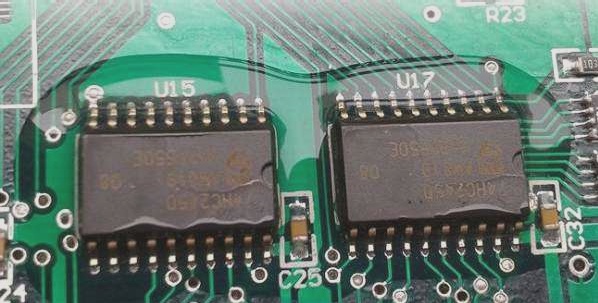In our previous analysis, voids are already familiar to us, especially when the void rate exceeds reliability expectations. Special attention should be paid to related problems and possible adverse consequences.
Voids are not always a negative occurrence. The related welding quality issues in the PCBA process may not even rank in the top 5. Additionally, voids caused by solder solidification shrinkage are not directly addressed by the chip processing plant and can be attributed to the selection of unreasonable solder paste.

So let’s share with you the other problems caused by the void in the SMT process below:
1. Shrinkage Void: Formed by the solidification and shrinkage of solder. Most SAC solders and other lead-free solders generally shrink when solidified. These voids typically do not appear at the interface between the PCB and the pad, and will not affect reliability (there is no possibility of cracks extending to the interface between the solder and the PCB).
2. Microvia Void: Appears on the PCB pad microvia. If this design is located in a solder joint with relatively high stress, it will have an impact on reliability. Generally, it can be solved by electrically filling in the void.
3. MC Microvoid: Easily appears between Cu and high alloy. Generally, it does not appear immediately after soldering. The reason for its occurrence during high temperature or high-temperature cycles is not very clear. It has an impact on the screenability.
Voids are not always a negative occurrence. The related welding quality issues in the PCBA process may not even rank in the top 5. Additionally, voids caused by solder solidification shrinkage are not directly addressed by the chip processing plant and can be attributed to the selection of unreasonable solder paste.

So let’s share with you the other problems caused by the void in the SMT process below:
1. Shrinkage Void: Formed by the solidification and shrinkage of solder. Most SAC solders and other lead-free solders generally shrink when solidified. These voids typically do not appear at the interface between the PCB and the pad, and will not affect reliability (there is no possibility of cracks extending to the interface between the solder and the PCB).
2. Microvia Void: Appears on the PCB pad microvia. If this design is located in a solder joint with relatively high stress, it will have an impact on reliability. Generally, it can be solved by electrically filling in the void.
3. MC Microvoid: Easily appears between Cu and high alloy. Generally, it does not appear immediately after soldering. The reason for its occurrence during high temperature or high-temperature cycles is not very clear. It has an impact on the screenability.


